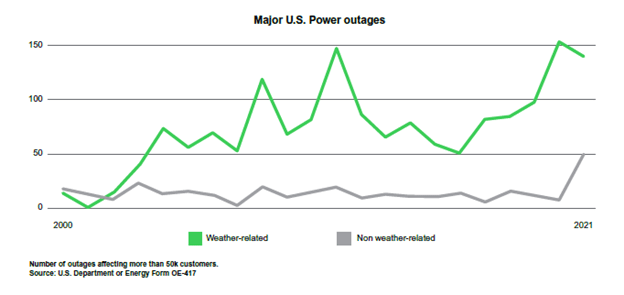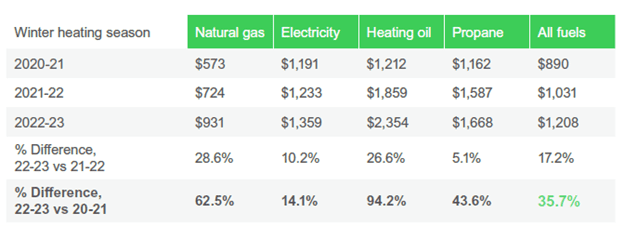PART 1
The concept of a smart home was innovative several decades ago, but today, you’d be hard-pressed to find a new home that doesn’t come standard with smart features. The concept is evolving, however, to include smart energy. More homeowners are choosing to electrify their homes by replacing inefficient and gas-powered appliances with electric ones, like an electric heat pump, or installing solar panels, for example. Soon, a new home without solar will be like a car without power windows.
Although voice assistants capture a lot of the buzz, residential energy is at the heart of the smart home. The residential energy transition — meaning home electrification in terms of renewable sources like solar, storage, EVs, and more — is creating breakthrough changes in how energy is generated. Homeowners are storing that energy on-site to ride through service disruptions and better control energy cost and their carbon footprint. This leads us to the rise of the prosumer — that is, a single homeowner or business that both produces and consumes localized energy such as rooftop solar.
But don’t just take it from me. I believe in the importance of data-driven decision-making. So, for homebuilders, contractors, and other players in the residential energy space, here are six signs that, to me, offer clear evidence that the energy transition of home electrification has already started. Once you check these out, head over to the next article in the series, which tells you what it all means for your business.
Sign #1 that home electrification is on the rise
5x. That’s how much total solar panel deployment is projected to grow between 2020 – 2026, thanks to the 2022 Inflation Reduction Act (IRA). According to a Princeton-led analysis, utility solar capacity will climb from 10 gigawatts (GW) in 2020 to 49 GW between 2025 – 2026, and will only accelerate from there.

Sign #2 that home electrification is on the rise
64%. That’s how much the cost of purchasing and installing a solar system already dropped between 2010 – 2020, per the National Renewable Energy Lab. Over the next decade, IRA funding will likely lead to even steeper declines in the price of solar for residential and commercial customers.

Sign #3 that home electrification is on the rise
25%. That’s the share of solar systems that will include battery storage by 2025. Note that this estimate from the Solar Energy Industries Association was done before the new IRA tax credit that gives homeowners up to 30% off their battery storage. I haven’t seen revised estimates that account for the IRA boost, but it’s safe to say we’ll see solar systems with storage climb above 25%.

Sign #4 that home electrification is on the rise
78%. That’s how much weather-related power outages are on the rise in the U.S. According to a Climate Central analysis, the country saw 78% more weather-related power outages between 2011 – 2021 than the preceding decade. The increasing risk of power outages is fueling more homeowners to seek back-up energy sources to keep their home offices, medical equipment, and other important devices powered, even through outages.

Sign #5 that home electrification is on the rise
31%. On average, that’s how much more households paid in heating costs during the winter 2022-23 season, compared to two years ago. According to the National Energy Assistance Directors Association, prices increased across the board for energy last winter — but electricity was only up a fraction of fossil fuels such as natural gas, heating oil, and propane. That, along with IRA incentives, is going to make electrified heat systems such as heat pumps (and not space heaters) much more attractive to homeowners.

Sign #6 that home electrification is on the rise
52%. That’s how many vehicles sold in 2030 are projected to be EVs, thanks to the IRA. According to BloombergNEF, the IRA accelerated projected growth of EV from 43% to 52%, and that number may only increase. Many of the homes you’re building or working on today will almost certainly be electrified and charging EVs in the next few years. Are they ready for that?
Without question, all these figures signal huge opportunities for contractors, homebuilders, solar installers, and homeowners themselves. Consider that last data point: In just 7 years, one of every two cars sold will be an EV. Ask yourself: How many homes do you work on that currently have an EV charger installed — let alone sufficient electrical capacity to charge one?
This is a huge opportunity — and the time to prepare is now. In part two of this blog series, I will share some industry insights that demystify the residential energy transition.



